59 Views
Secrets to Growing Indoor Palm Plants

by
Wet & Forget
(IC: professional)
3 Materials
$31
15 Minutes
Easy
Tropical palms can add an exotic, beachside feel to your bathroom, living room, or any other room in your home. If you’re interested in growing indoor palm plants, read on for tips and how-tos to keep your palm healthy and thriving.
Palm Varieties
The six palm varieties listed below are favorites because they are easy to grow indoors.
Parlor Palm prefers indirect light. Native to Central America, the Parlor palm has an attractive clumping growth habit and can grow to 6 feet tall in a container. Parlor palms grow well near a north-facing window.
Fishtail palm has unusual leaves that resemble fish tails. The leaves have a triangular form with a jagged edge, reminiscent of fish fins. Native to Asia, this graceful palm can grow up to 10 feet in a container. Fishtail palms also grow slowly, and prefer well-drained, consistently moist soil.
Pygmy Date Palm thrives in bright, indirect sunlight. Native to Southeast Asia, the Pygmy date palm features feathery 6 foot long fronds. Small yellow flowers, when pollinated become small purple dates in summer. When pollinated, the small yellow flowers become purple dates in the summer. The plant’s leaflets have sharp ends, so it’s best to place the plant in an out-of-the-way corner. Occasional pruning is also recommended to remove aged or diseased fronds.
Kentia Palm is native to Australia. The graceful, arching fronds give it a tropical appearance. Kentia palm is easy to take care of and does well in low-light with good air flow. It’s a good idea to restrict the size of the plant’s container, as Kentia palm can reach up to 20 feet when grown indoors.
Sentry Palm is sometimes referred to as Curly palm. It features attractive arching fronds with curled leaflets. Native to Australia, Sentry palm grows slowly and requires consistent moisture to stay healthy. Sentry palm is a large and impressive plant, spreading wide and up to 8 feet tall. Furthermore, it’s best to display it in a wide hallway or an open corner of a room.
Lady Palm features deep green, fan-like fronds with finger-like leaflets. Variegated varieties are also available. Lady palm is a slow grower and prefers indirect light. Periodic pruning is required to maintain the plant’s upright, bushy appearance. This variety tends to be pricey in comparison to others available.
Other Popular Indoor Palms Include –
Majesty Palm – Majesty palms are famous for their long, green, feathery fronds. They grow slowly but are impressively elegant upon maturity. The Majesty palm is easy to grow when given the proper amount of light and care. This variety thrives near a sunny window – six to eight hours per day is recommended. One of the best locations for a Majesty palm is in the corner of a brightly lit bathroom. Wild Majesty palms grow next to natural water sources, so be sure to keep the soil evenly moist and don’t let it dry out. Majesty palms also purify indoor air by removing household toxins, like benzene and formaldehyde. Learn more about growing Majesty palms, here.
Coconut Palm – Although Coconut palms are an interesting plant, you probably won’t find one at a garden center. They are true tropical plants, growing in zones 10 or higher. Coconut palm can be sprouted from the nut by burying it halfway in moist peat moss. Additionally, Coconut palms are considered short-lived, novelty plants as they rarely survive beyond the seedling stage, and only grow to a maximum of 4 feet tall.
Growing Indoor Palm Plants – What to Consider
Some palms grow to be several feet tall, while others are on the shorter side. Check the plant label to determine how tall your palm will be when mature. It’s best to buy a shorter variety that will work with your ceiling height, because if you trim the top of a too-tall palm, it may die.
When palm shopping, avoid a nursery plant with yellow/brown leaflets, or an “off” smell.
Check the underside of leaflets for signs of mealy bugs (little white spots) or other pests.
Palms Love Moisture and Humidity
- Provide moisture by occasionally misting the leaflets. Use a spray bottle filled with distilled water to mist the plant. This is especially important to do in the colder months when the indoor heat is on.
- Dry indoor air isn’t the best environment for palms. Improve air humidity with a humidifier or by setting the pot on a humidity tray.
For more information on growing indoor palm plants, visit here.
Humidity Tray DIY –
What you’ll need –
- A wide, shallow container (a terra cotta plant saucer works well)
- Small pebbles, gravel, or sand
Pour a layer of gravel (or the other listed materials) into a tray, spreading it evenly with your hand. Pour water into the tray until it ’s filled just below gravel level. Set the palm on the gravel and make sure the container is just above the water line. As the water evaporates, it will provide moist air to the plant. Lastly, add water to the tray as needed.
Palm Problems
Are the fronds turning yellow? As the plant grows, old fronds at the bottom of the plant tend to die and fall off. This is no cause for worry. Other reasons for leaf yellowing include –
- Not enough nutrients– Feed the palm 3 to 4 times a year with a slow-release fertilizer.
- Overwatering – Water your palm less frequently.
- Indoor pests – Check the underside of the leaflets for insects. If you notice small, spider-like webs or a sticky film, it may be spider mites or another type of indoor pest.
Are the frond tips turning brown? If your palm begins to turn brown, the most likely cause is a lack of humidity. Remedy the problem by using a humidifier, humidity tray, or by setting the plant in the corner of the bathroom while you shower. Other causes may be lack of water, too much fertilizer, or spider mites. Keep your palm looking nice by pruning brown leaf tips.
Indoor palm plants are exotic, beautiful, and easy-to-grow. They will thrive indoors for many years with proper care. Also, palms are ideal air purifiers – cleaning indoor air. Growing indoor palm plants may be the best idea yet!
Enjoyed the project?
Suggested materials:
- Palm Tree
- Container
- Small Pebbles/Gravel
Published June 8th, 2018 10:00 AM



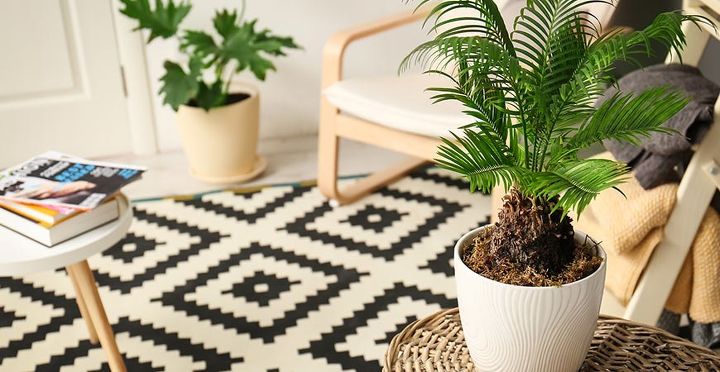














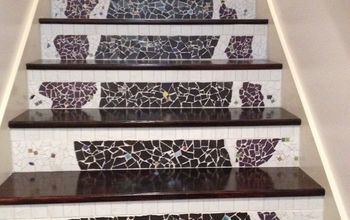
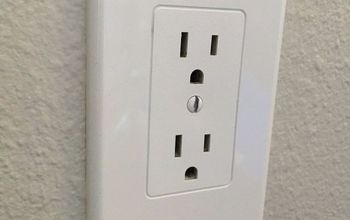

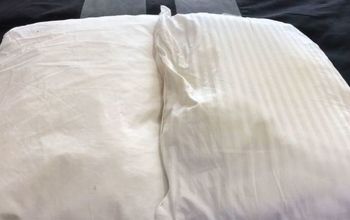
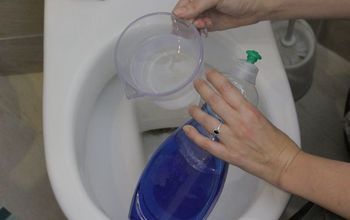
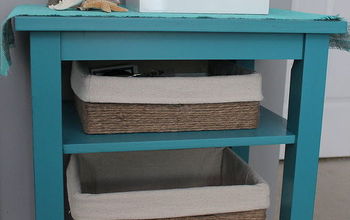
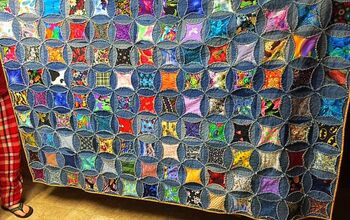

Frequently asked questions
Have a question about this project?